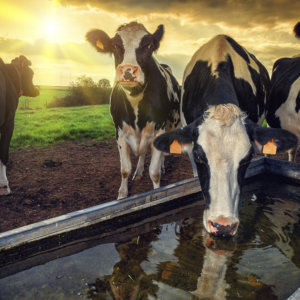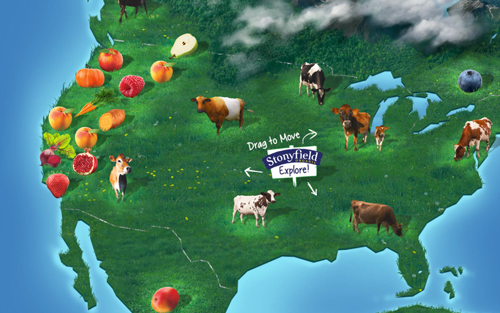Working Toward Totally Transparent Yogurt
Stonyfield Farms makes it easy for customers to see its supply chain.
Topics
Leading Sustainable Organizations
Wood Turner has been working in sustainability for 20 years. In 2006, he left his work at a sustainability and brand strategy firm in Seattle to lead Climate Counts, a nonprofit incubated within Stonyfield. Climate Counts scores and ranks 150+ large companies in 16 sectors on what they’re doing to address climate change. In his role as VP of sustainability innovation at Stonyfield, Turner has continued his work on bringing climate-conscious practices into the core of business operations, with a focus on engaging consumers by illuminating Stonyfield’s supply chain.
In an interview with MIT Sloan Management Review’s Nina Kruschwitz, Turner described the collaborative processes that make this strategy work for Stonyfield.
What are some of the challenges you’ve faced in developing Stonyfield’s sustainability collaborations?
We’ve had a cross-functional collaborative effort here at Stonyfield since 2006 that we’ve called our Mission Action Program. The actual sustainability team is quite small, but there are people in other functions who support our mission by working on sustainability projects.
Those projects are ongoing collaborations that we have with purchasing, with logistics and supply chain, with manufacturing and engineering, and so on. And those are important and challenging, because the people in those areas are being measured on other indicators and metrics that don’t always align perfectly with what we’re trying to do on sustainability. It gets complicated in terms of how successful we are in building bridges to other functionsto advance our sustainability leadership.
Can you give me an example of an internal collaboration that was successful?
We recently completed a project called Source Map. It’s a website that allows anyone to see where we source or obtain the materials for our products. It has a great graphic interface, with a lot of information and stories. You probably remember that the Sourcemap platform used to live at MIT. Leo Bonanni [formerly of MIT’s Media Lab, and founder and CEO of Sourcemap] built a relationship with us at Stonyfield years ago to move the Sourcemap platform forward at Stonyfield.


